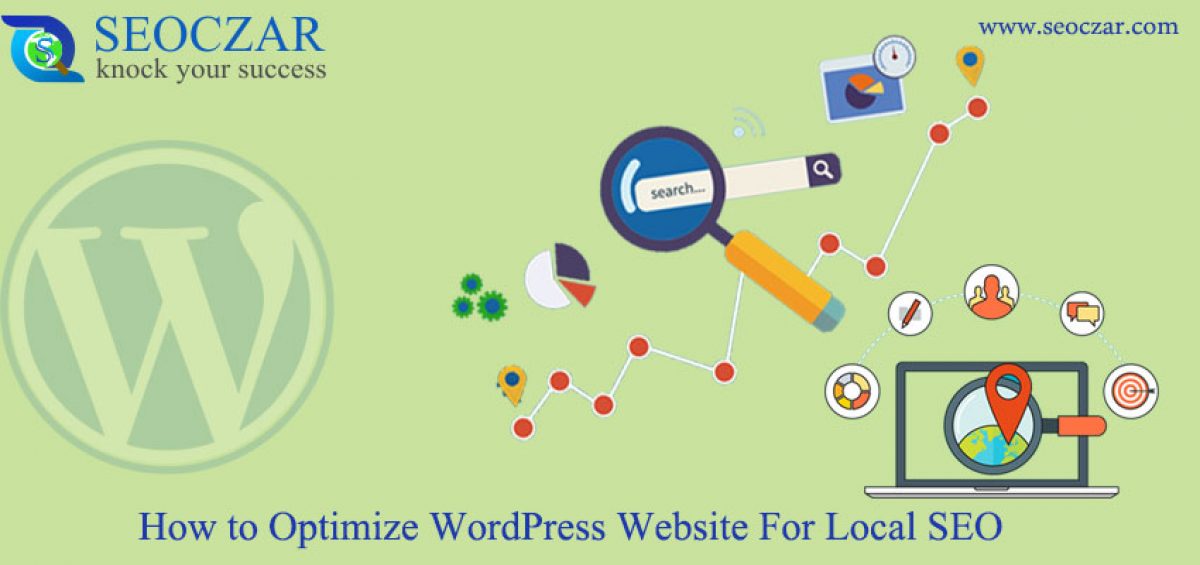
If your website depends on showing off beautiful images because you are a photographer, or food blogger. So for width my reccomendations to keep a website optimal and speedy and still have large pics would be a minimum of 500pixels wide OR a maximum of 1200 pixel wide or an average of 800 pixels wide. Now just choose one or the other, for my clients, I say concentrate on width rather than height.Make sure “scale proportionatly” is checked. For web, you’ll want a resolution of 72.Right click on the selected images and choose “open with preview”.If you want to keep the raw files, I would suggest making a copy of the images you want to resize so you don’t effect the original images in case you need the larger files for later use. On your mac, locate the images you want to resize.The majority of users should go with Lossy. Lossless is a little bit more fancy, so if you rely on high quality images ( photography websites ) to be served, and still require optimized images, this is a better choice for you.

The program will do it’s best to retain maximum quality in doing so. Basically, choose lossy if you prefer a more optimized image weight (faster image).

There are 2 main types of compression levels available, Lossy and Lossless. A faster site is a more search engine friendly website (SEO friendly). They will find the information elsewhere or give up all together. This causes lag and if your page takes way too much time to view on their cell phone, tablet or desktop, your visitors won’t want to wait around for your page to load. The browser and/or server will take too long to respond because there is too much information to read and download. If you don’t optimize, your images will weigh down on the web page that you are trying to serve to your visitors. And when left untouched and raw, they contain a lot of heavy information that is not needed to be served on a website.

Most digital cameras take very large high quality photos. There are several reasons you will need to optimize your images for web.


 0 kommentar(er)
0 kommentar(er)
